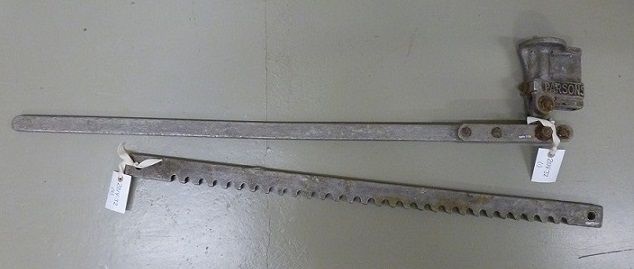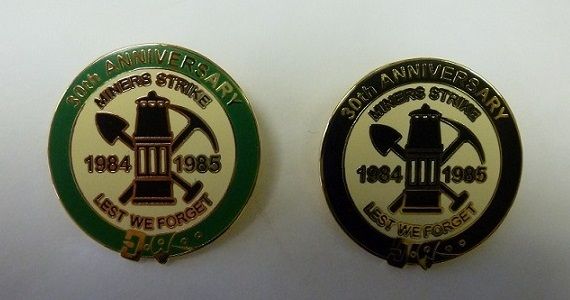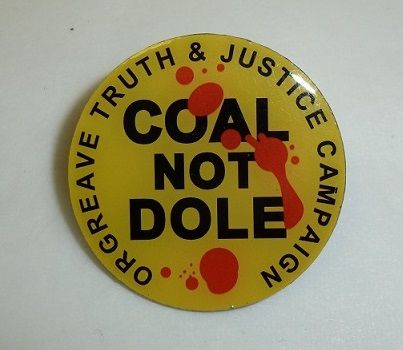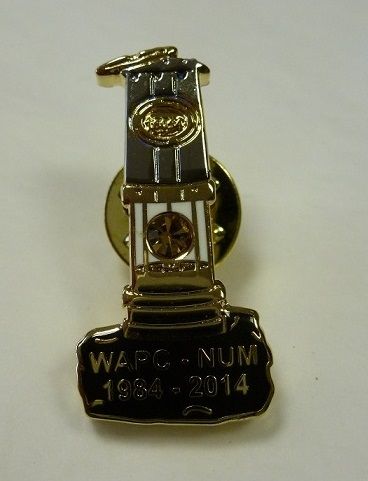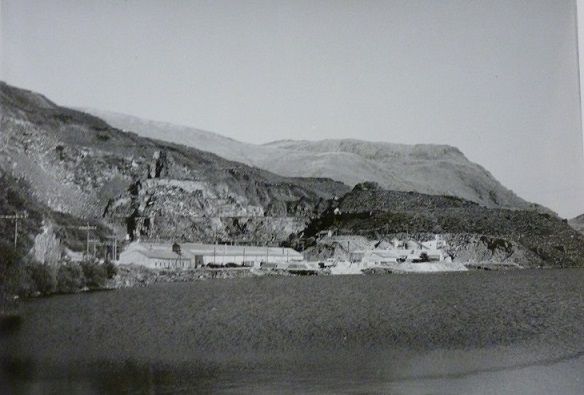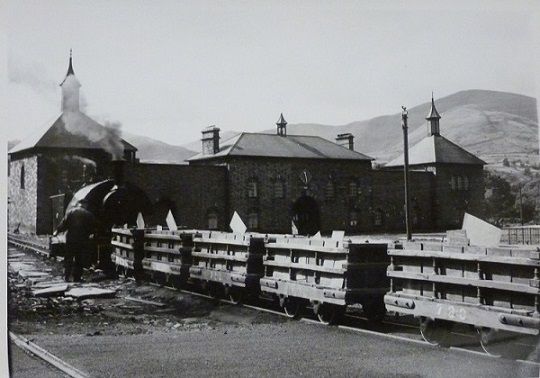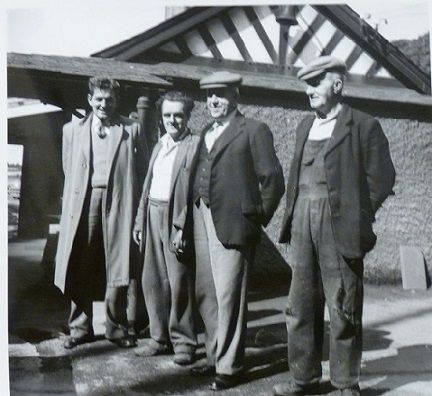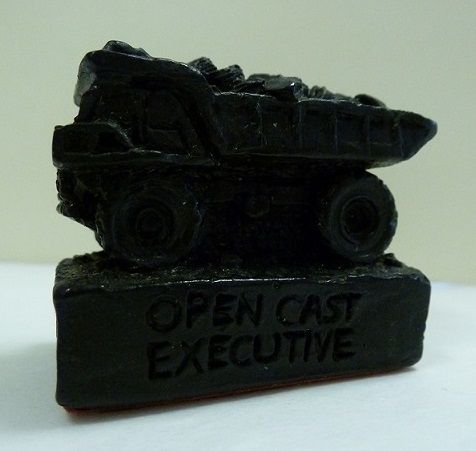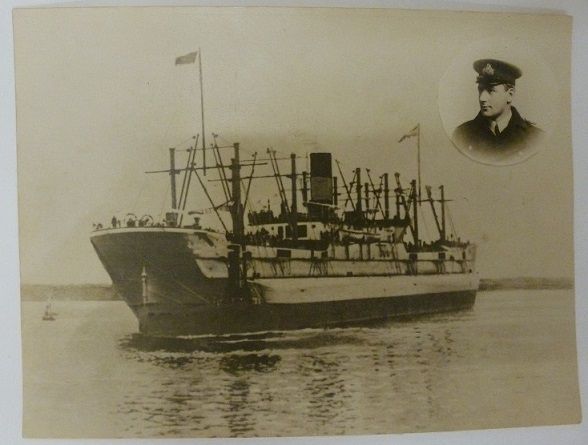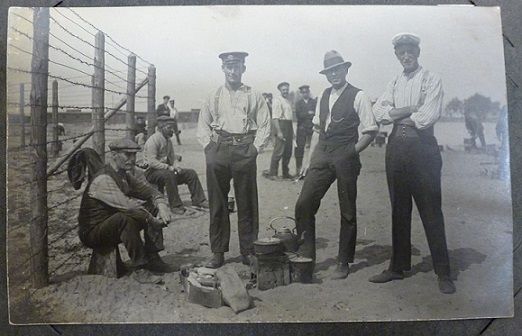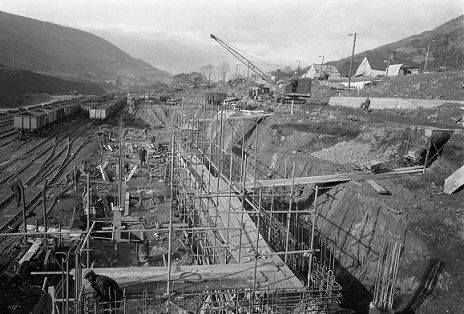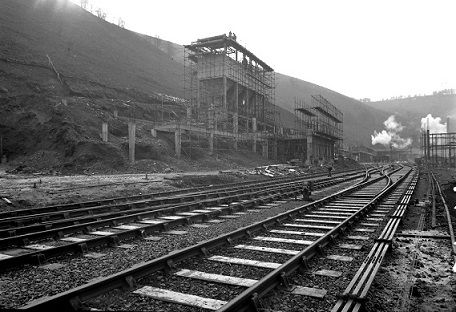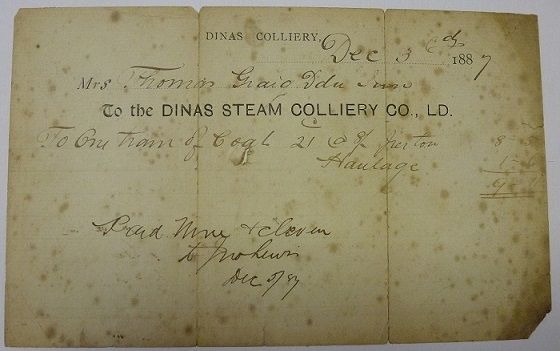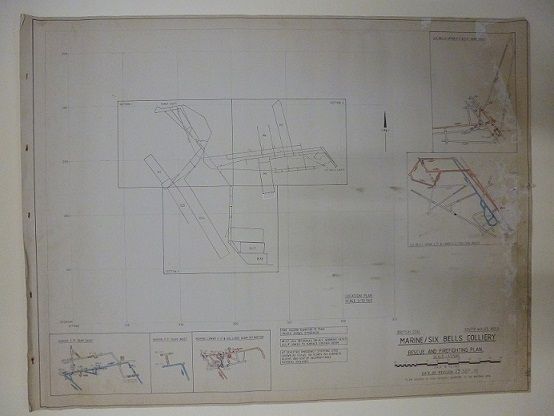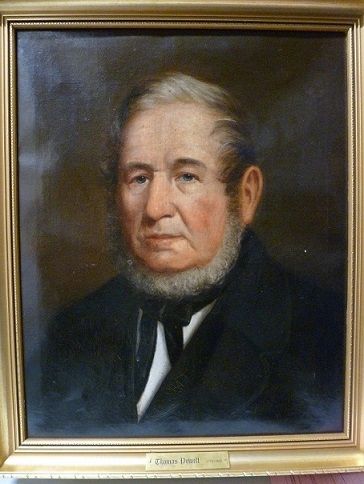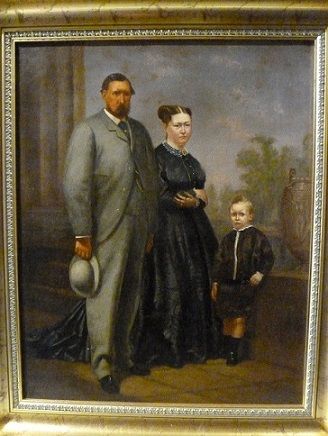A Window into the Industry Collections
, 1 July 2014
Amongst the new accessions we received in June was a 14” Sony ‘Trinitron’ colour teletext television set with remote control. This was manufactured by Sony at Pencoed, Bridgend, in 1995. If you look back to the December blog you will see another television set we acquired recently.

This slate sample originates from Maenofferen slate quarry, Blaenau Ffestiniog. It is a sample slate sent out to potential customers to show the colour and quality of the slate produced in the quarry. There are a number of slate veins in the Blaenau Ffestiniog area, all of which have their own name, such as New or Deep Vein, the Old Vein, Back or Middle Vein, and North Vein. This particular sample is from the middle vein of Maenofferen Quarry.
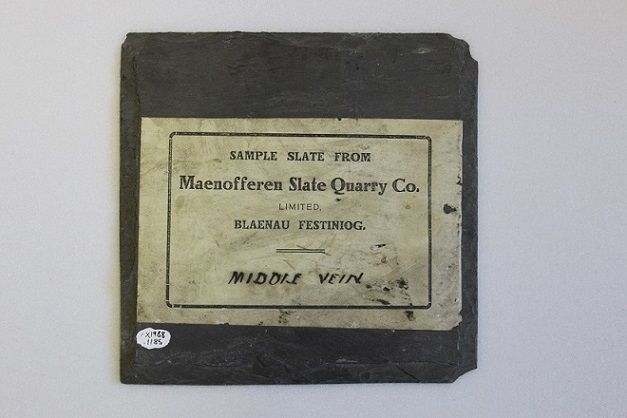
We have been donated a lovely collection of 91 photographs, the majority of which show the redevelopment work carried out by the National Coal Board at Glyncorrwg Colliery during the 1950s. I have illustrated three views here. The first photograph shows the colliery as it looked on 11 September 1951 before the reconstruction work started. The view is looking north up the valley.
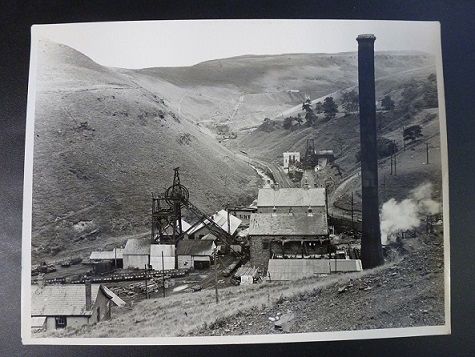
The following two photographs show the reconstruction work. The first showing a circuit gantry on 1 November 1955 and the second shows the reconstruction work progressing on the headgear, and was taken on 6 Feb 1957.
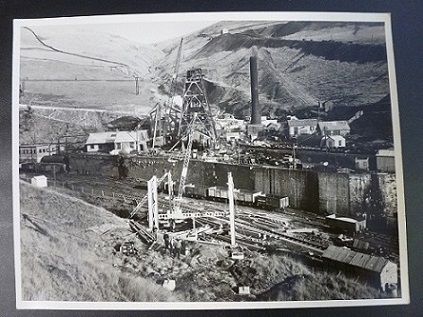
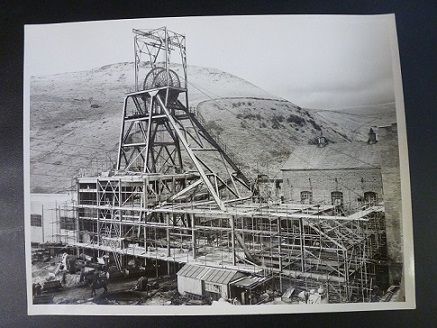
On the 17th May 1965 an explosion caused by firedamp occurred at the Cambrian Colliery, Clydach Vale killing 31 miners. The colliery had been winding down to closure, and many of the workforce had been transferred, otherwise the fatalities might have been even greater. This image is of the front cover of the brochure commemorating a memorial service held on 17 May 2014. It shows the headgear preserved within a memorial garden.
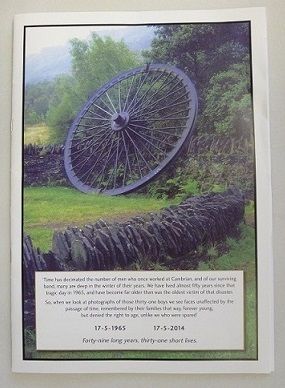
Mark Etheridge
Curator: Industry & Transport
Follow us on Twitter - @IndustryACNMW
